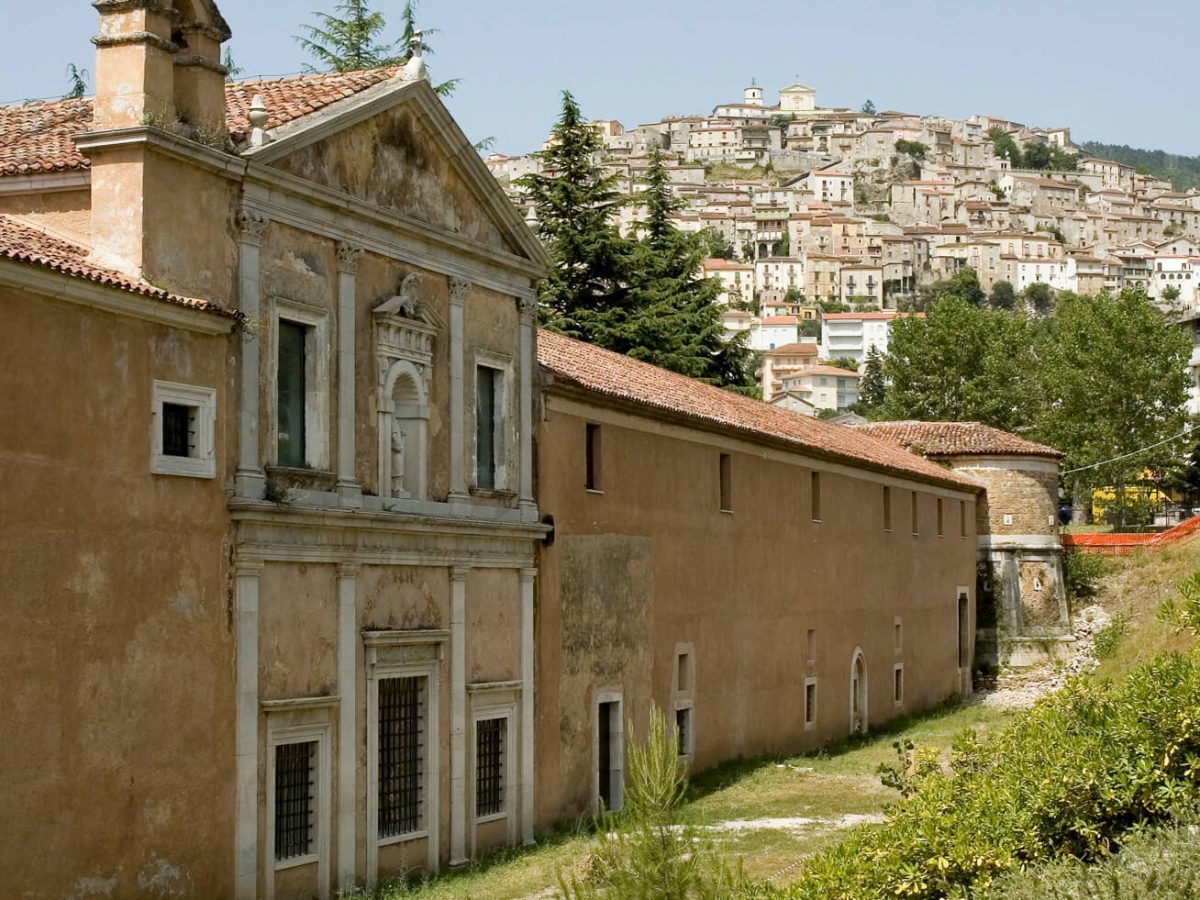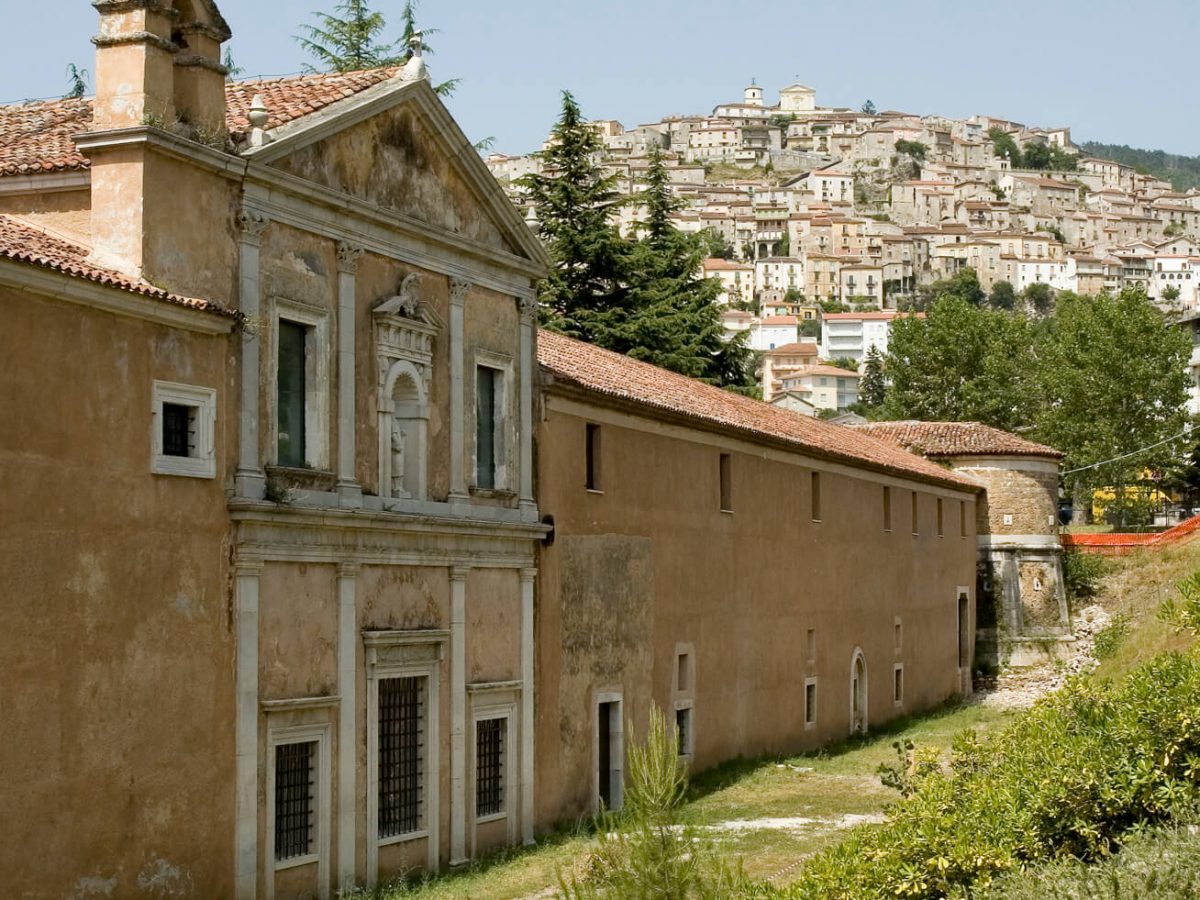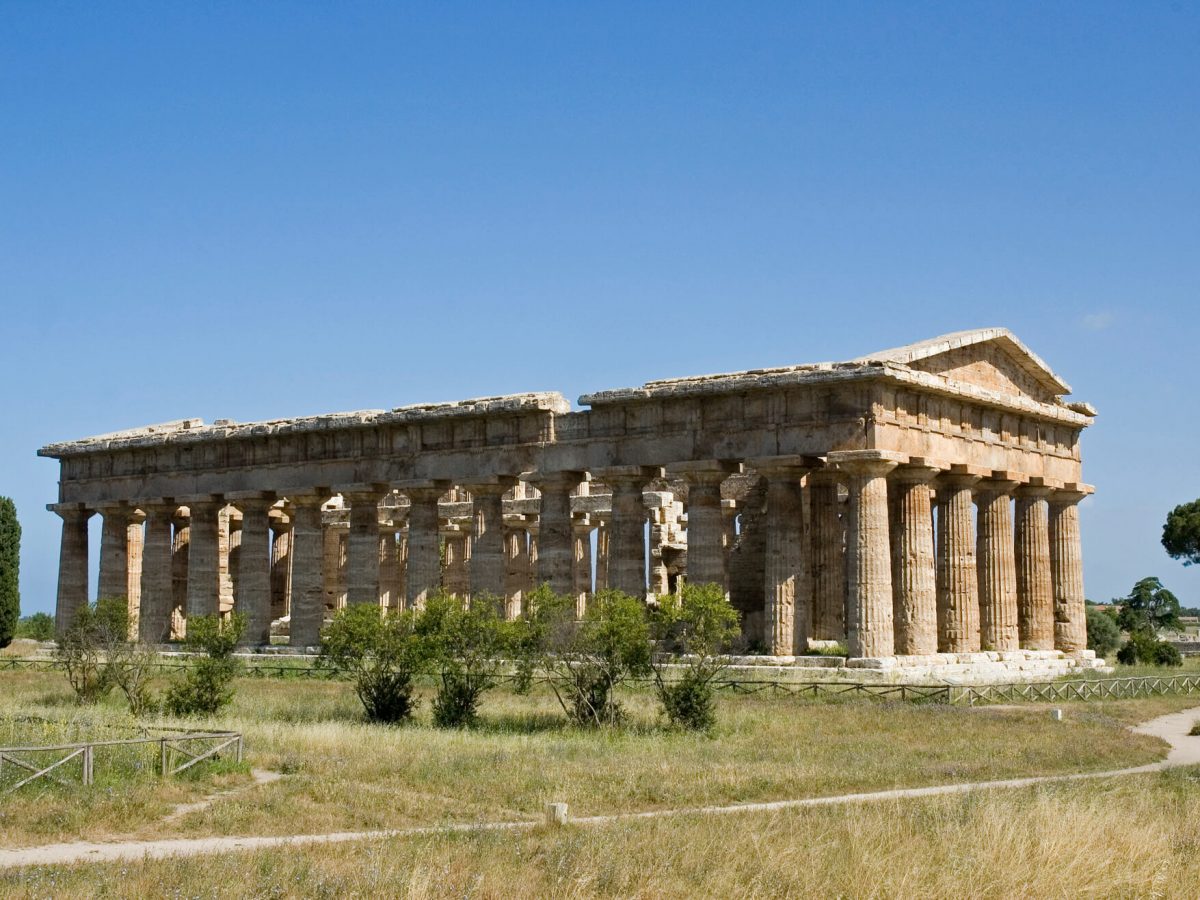Cilento is a cultural landscape of outstanding value that has evidence of human occupation dating from 250,000 years ago. It has been successively occupied over time by farmers during the Neolithic period, by Bronze and Iron Age societies, Etruscans, Greek colonists, Lucanians, and was eventually incorporated into the Roman territory inthe 3rd century BC. Roman road networks replaced the earlier tracks, but after the collapse of the Western Roman Empire, these roads fell into disrepair and the ancient network was revived during the Middle Ages, as is evident in the feudal castles and religious establishments built along routes.
The site contains dramatic groups of sanctuaries and settlements extending across three different east-west mountain ridges in the province of Salerno, covering quite a vast area, 159,110ha, including part of the National Park Cilento e Vallo di Diano, the two archaeological sites of Paestum and Velia, and the monumental Certosa di Padula.
The National Park, essentially a mountainous region divided by several river valleys sloping down to the Tyrrhenian Sea, is defined by natural features: the Tyrrhenian Sea on the east, and the Sele and Tanagro rivers, with the broad sweep of the Vallo di Diano in its upper reaches.
Communication routes were established during pre-historic times along the crests of the mountain ranges, and while they fell into decline during the Roman era, they came back into use in the Middle Ages. Evidence of this use is visible in the many prehistoric and proto-historic sites discovered, and in the medieval towns and castles. The most noteworthy archaeological site is that of Paestum, the Greek city of Poseidonia, founded at the end of 7th century BC.
Another site of great importance is the archaeological area of Velia, which preserves the monumental remains of the colony of Elea, founded by the Phocaeans in the second half of the 6th century.
The Certosa di San Lorenzo at Padula in the Vallo di Diano is one of the most impressive monastic structures in the world. Its construction began in 1306, but its present Baroque form is the result of the transformations carried out in the 17th and 18th centuries. Today it is home to the Archaeological Museum of Lucanian Antiquities.
The Cilento presents an outstanding cultural landscape. The dramatic groups of sanctuaries and settlements along its three east–west mountain ridges vividly portray the area’s historical evolution: it was a major route not only for trade, but also for cultural and political interaction during the prehistoric and medieval periods. The Cilento was also the boundary between the Greek colonies of Magna Graecia and the indigenous Etruscan and Lucanian peoples. The remains of two major cities from classical times, Paestum and Velia, can be found there.








